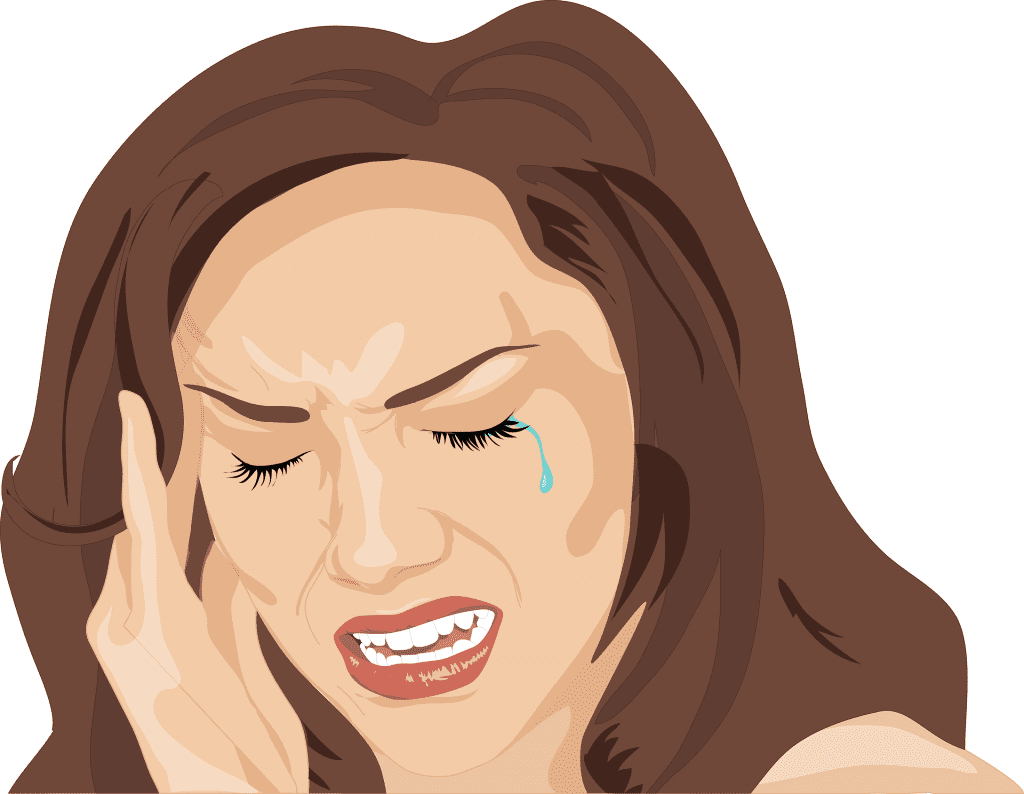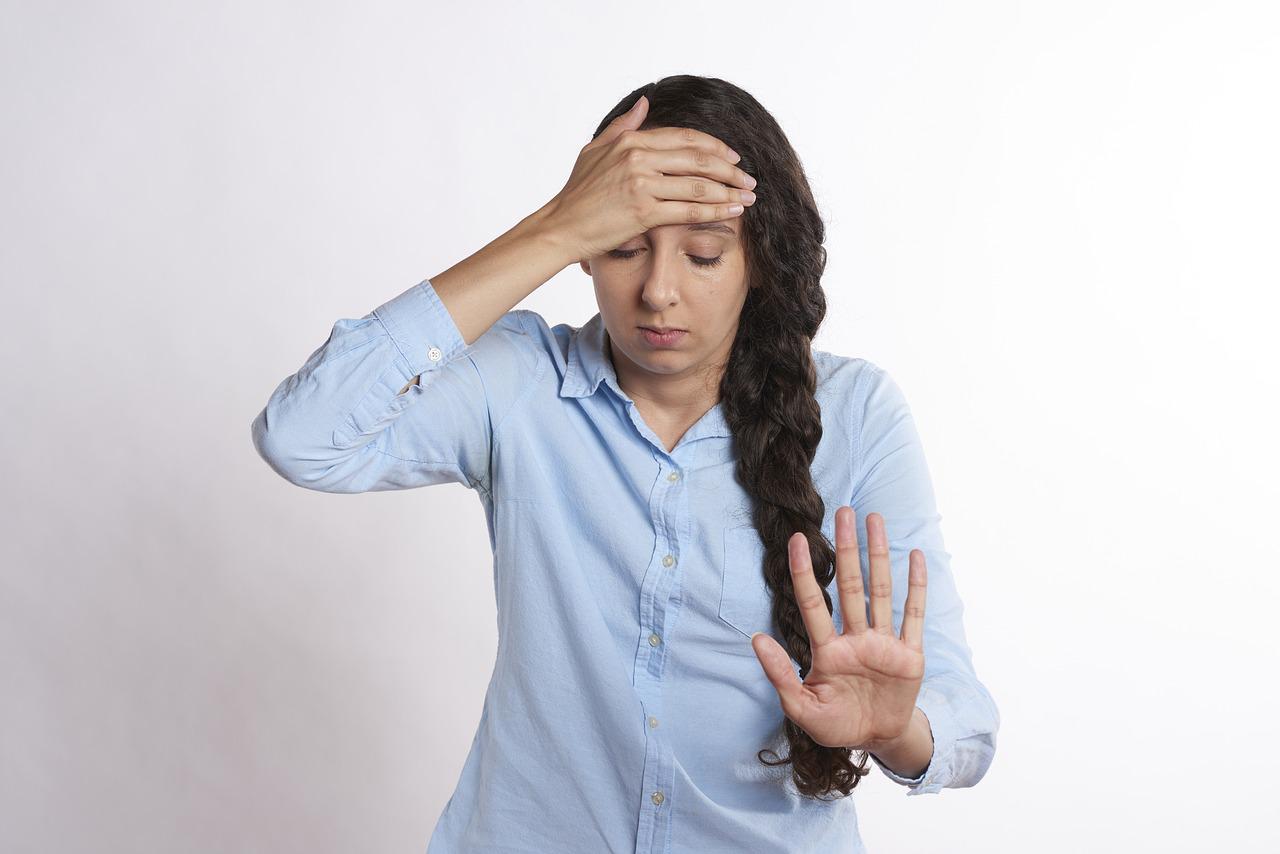For many people, the start of a new season is a fun time. But for people who get migraines often, the start of a new season may be anything but happy.
Some people with migraines may find that their headaches get worse or happen more often in the summer, spring, winter, or fall. Why does this keep happening?
This Aculief guide goes into detail about what causes migraines and what the changing seasons have to do with it. And to help you feel better, we talk about ways to stay healthy without taking medicine.
What Are Seasonal Migraines?

A migraine is a type of headache that makes one side of the head hurt very badly. It can come with things like feeling sick, throwing up, and being sensitive to light and sound.
A seasonal migraine is a headache that comes on when the seasons change. This can happen in any season.
Can Migraines Really Be Caused By Seasonal Changes?
We all know that things like stress, drinking too much alcohol, and changes in sleep patterns can cause migraines. But people say that seasonal changes are just as big of a trigger. More than half of people who get migraines say that their headaches get worse when a new season starts.
Even though a lot depends on where you live, when the seasons change, the weather usually changes, which means temperature changes, less (or more) sunlight, and more tree pollen. All of these are well-known migraine triggers, so it shouldn’t come as a surprise that migraine sufferers have worse symptoms when a new season starts.
When Do Seasonal Migraines Happen?
Migraines that come and go with the seasons can happen at any time. In this section, we’ll talk about how each season can make migraines worse.
Spring Triggers
As much as we love seeing trees in bloom, they also mean more pollen, which can make some people very sick with allergies.
Allergic rhinitis, which is swelling inside the nose, can also be caused by spring allergies. It comes with things like a runny nose, stuffy nose, and watery eyes.
Allergic rhinitis can cause swelling in other parts of the body, which can lead to a migraine. Because of this, almost half of all people with allergic rhinitis also have headaches.
The trigeminal nerve, which sends pain signals to the brain, can also be triggered by allergic rhinitis. This is another reason why there are more migraines in the spring.
In a less direct way, spring allergies can also cause migraines. For example, if you have allergies, it can be hard to get a good night’s sleep. Some people can get a migraine after just one night of bad sleep.
Summer Triggers
If you live in the Northern Hemisphere, summer is usually a time when it is hotter and more humid. Some people get migraines just because of these changes in the weather.
But for some people, heat and humidity can indirectly cause a migraine. For example, the chances of getting dehydrated go up when it’s humid outside. If a person who gets migraines doesn’t drink enough water in time, they may get one.
Aside from the change in temperature, summer also means more daylight hours. This can change the way some people with migraines sleep and bring on an attack.
Fall Triggers
In the fall, the weather may start to get cooler, which can make it less likely for some people to get migraines from heat and humidity. But a drop in temperature can make the air pressure change.
When the air pressure outside drops, the air pressure in your sinuses is different from the air pressure outside. This can cause changes in blood pressure and more sinus pain, both of which can make some people get migraines.
Winter Triggers
Even though it’s cold in the fall, it’s not too bad. In the winter, however, it gets much colder. This can cause more changes in air pressure, which can keep some people from getting rid of their migraines.
We also get less vitamin D from the sun in the winter because there is less sunlight. If you don’t take vitamin D supplements, this can make your migraines worse and happen more often.
How Can You Prevent Seasonal Migraines?
We can’t stop the seasons from changing much unless we move close to the equator. We can change how we deal with them, though.
First, it’s important to know how exactly changes in the seasons affect your migraines. Keep a headache diary all year long. As much as possible, try to get rid of seasonal triggers once you know what they are.
For example, if you know that tree pollen is one of your triggers, you can spend less time outside in the spring, buy a HEPA filter, and wear sunglasses that block pollen.
On the other hand, if you notice that a lack of sunshine makes your migraines worse, you can take more vitamin D and use a light box to make it feel like daytime.
Any season change can affect your habits, like how you sleep or how stressed you are, both of which are known to cause migraines. If you want to avoid migraines, it might help to make a routine and stick to it, no matter what time of year it is.
Finding Relief With Aculief

Changes in the seasons can give us a hard time sometimes, which can lead to migraines.
Aculief made the award-winning Wearable Acupressure Clip to help people with migraines feel better without taking medicine. By pressing on certain acupressure points on your hand, your body will release natural endorphins that will make you feel better quickly and without side effects.
.

